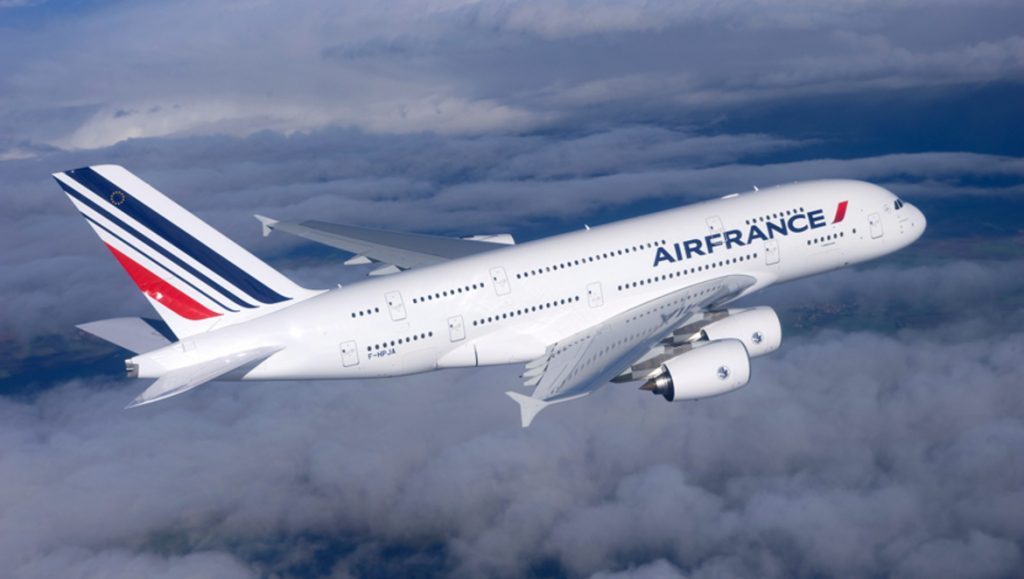
France’s civil aviation investigation unit, BEA, has called for a review of the design and maintenance of titanium alloy engine parts on Airbus A380s, following an engine blowout three years ago.
The BEA has said it recovered a fragment of the blown-out Engine Alliance engine, which showed tiny fatigue cracks in one of its titanium alloys – named Ti-6-4.
With this finding, the French investigator has urged global regulators, including the US Federal Aviation Administration and the European Union Aviation Safety Agency, to carry out a review of design, manufacturing, maintenance and certification processes of these engines on A380 aircraft.
The BEA released the recommendation in a final report into the 2017 incident, when an Air France jet carrying over 500 passengers lost the front section of one of the aircraft’s four engines while flying over Greenland.
The flight was able to land safely in Canada, however the incident sparked BEA’s concerns over the risks of metal fatigue within certain A380’s engines, made by General Electric and Pratt & Whitney joint-venture, Engine Alliance.
The investigation saw the BEA undertake a hazardous 21-month search across Greenland’s ice sheets, to locate the crucial titanium alloy fragment, ultimately found three metres below the icy surface.
“Neither the manufacturer nor the certification authorities had anticipated this phenomenon in this alloy during the design of the engine,” the BEA said of the matter.
Engine Alliance has said it is already taking steps to address the report’s findings.
Meanwhile, Airbus said no flaws have been found during inspections of other engines from the same supplier.
A spokesperson for Rolls-Royce, the only other supplier that offers engines for the A380, has said it was confident the issues associated with the Engine Alliance part “cannot be attributed to any Rolls-Royce engine fan discs currently in service”.












